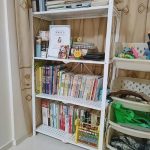Introduction
A well-organized bookshelf is not only visually appealing but also functional, making it easier to find and access your favorite books. However, achieving bookshelf organization can often seem like a daunting task, especially if your collection has grown over the years. In this guide, we’ll explore effective strategies and tips for mastering bookshelf organization, transforming chaos into order and creating a space that showcases your literary treasures.
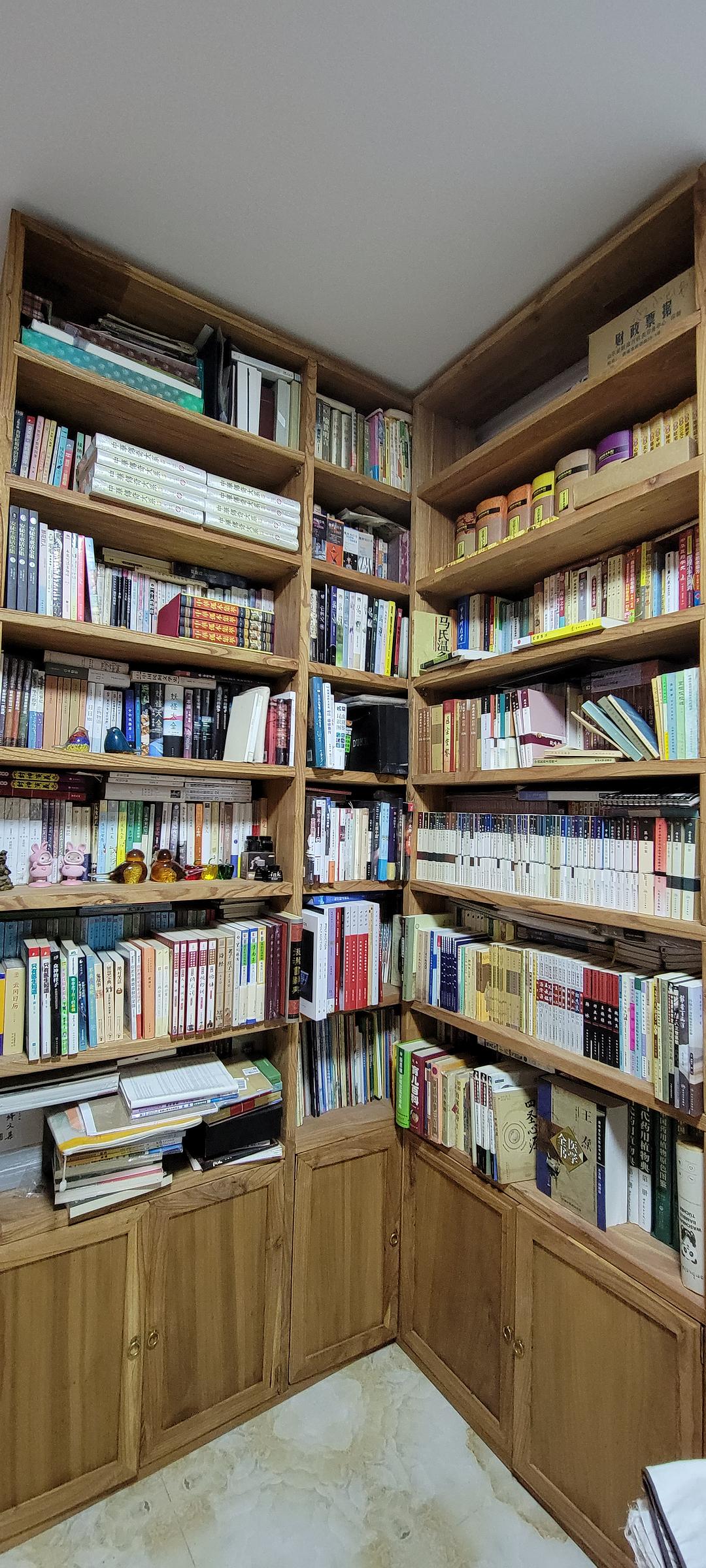
Assessing Your Collection
Before diving into the organization process, take some time to assess your book collection. Determine the size of your collection and identify any categories or genres that you’d like to prioritize. Consider whether you want to organize your books alphabetically, by genre, or by theme. Additionally, take note of any oversized or irregularly shaped books that may require special consideration when arranging your shelves. By understanding the scope and characteristics of your collection, you can develop a tailored organization plan that meets your needs.
Decluttering and Purging
A crucial step in bookshelf organization is decluttering and purging your collection. Take a critical look at each book and assess whether it’s worth keeping. Ask yourself if you’ve read the book and whether you’re likely to read it again in the future. Consider donating or selling books that no longer serve a purpose or hold sentimental value. Be ruthless in your decision-making process, keeping only the books that bring you joy or have significant meaning to you. Decluttering your collection will not only free up space on your bookshelf but also make it easier to maintain an organized and visually appealing display.
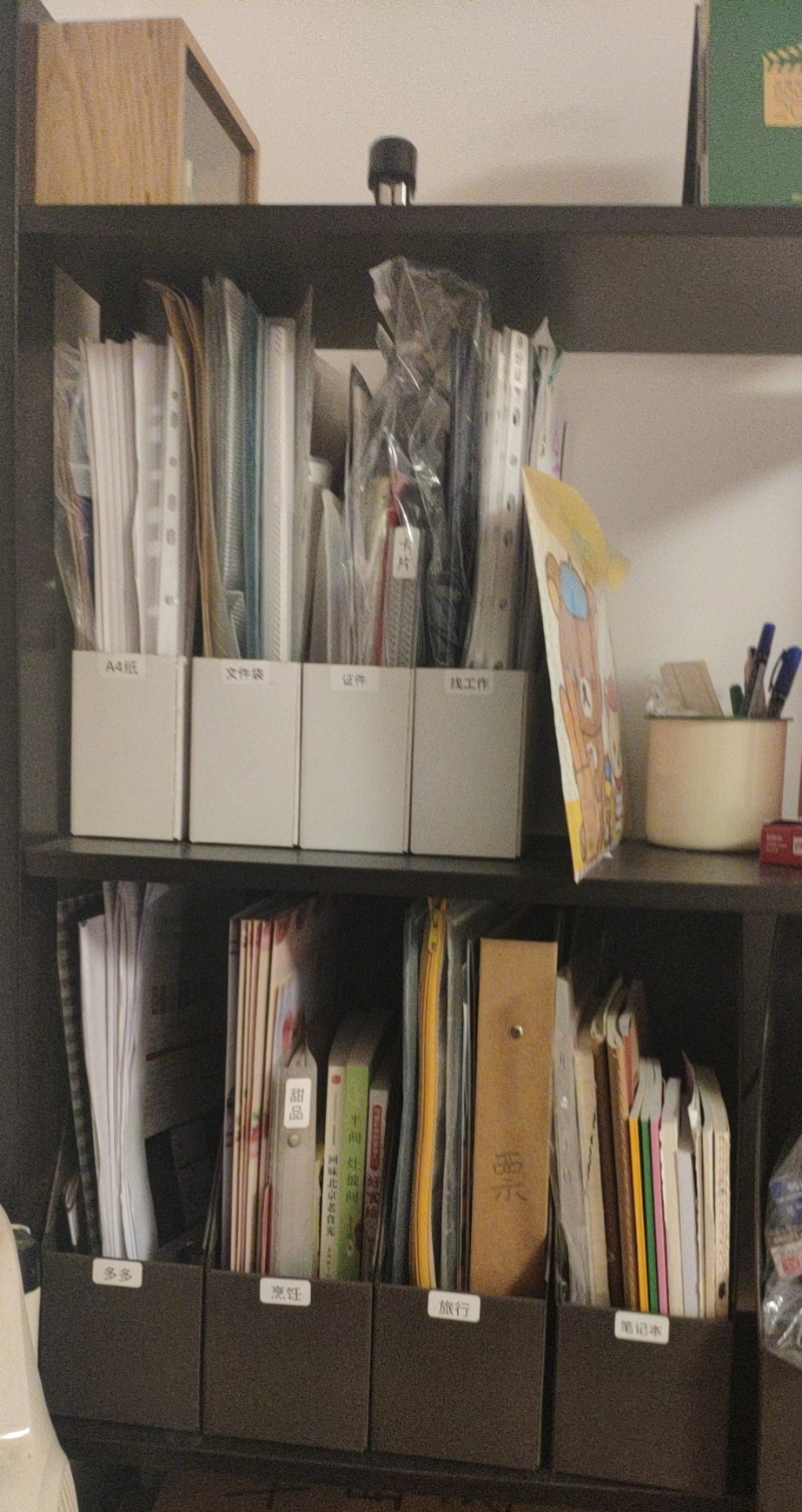
Choosing a Organization Method
Once you’ve decluttered your collection, it’s time to choose an organization method that works for you. There are several popular approaches to organizing books, including:
- Alphabetical: Arrange books alphabetically by title or author for easy reference.
- Genre: Group books by genre or subject matter to create cohesive sections on your bookshelf.
- Theme: Organize books by theme or topic, such as fiction, non-fiction, or specific interests like travel or cooking.
- Color: Arrange books by color to create a visually striking display, although this method may not be practical for locating specific titles.
Consider your personal preferences and the layout of your bookshelf when selecting an organization method. You may also choose to combine multiple methods to create a customized system that works for your collection.
Utilizing Digital Solutions
In today’s digital age, many book lovers also have extensive e-book collections stored on their electronic devices. Consider integrating digital solutions into your bookshelf organization strategy by creating a separate section for e-readers or tablets. Invest in a charging station or cord organizer to keep devices powered up and ready for use. You can also create digital cataloging systems or apps to track your e-book collection and sync it with your physical library for a comprehensive inventory of your reading materials.
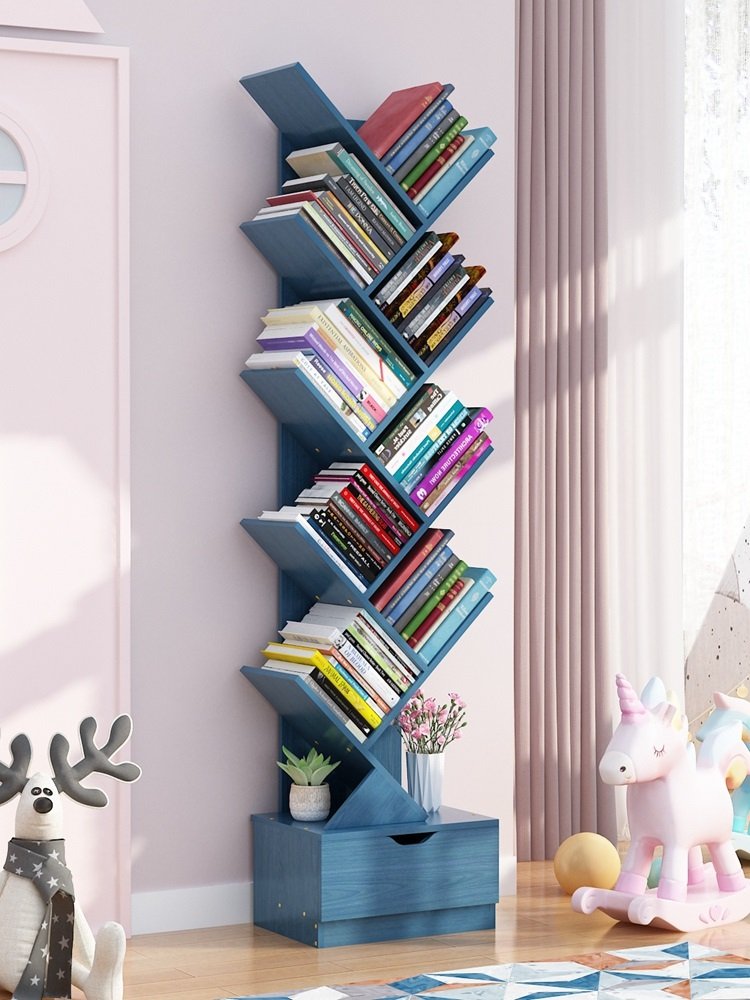
Incorporating Personal Touches
Your bookshelf is more than just a place to store books—it’s a reflection of your personality and interests. Incorporate personal touches into your display by showcasing items that hold sentimental value or have special significance to you. Display family photos, heirlooms, or memorabilia alongside your books to create a sense of warmth and nostalgia. You can also add decorative elements that reflect your hobbies or passions, such as travel souvenirs, sports memorabilia, or collectibles. By infusing your bookshelf with personal touches, you can create a space that feels uniquely yours.
Adapting to Changing Needs
As your collection grows and evolves, your bookshelf organization needs may change as well. Stay flexible and adaptable by regularly reassessing your organization system and making adjustments as needed. Consider investing in modular or adjustable shelving units that can be easily reconfigured to accommodate changes in your collection. Be open to experimenting with new organization methods or display techniques to keep your bookshelf dynamic and functional. By staying proactive and responsive to your changing needs, you can ensure that your bookshelf remains a well-organized and inspiring focal point in your home.
Seeking Inspiration
If you’re feeling stuck or uninspired in your bookshelf organization efforts, don’t hesitate to seek inspiration from others. Browse design blogs, social media platforms, or interior design magazines for ideas and inspiration. Take note of creative organization solutions, innovative display techniques, and stylish decor accents that catch your eye. You can also draw inspiration from nature, art, or architecture to inform your design choices and create a visually stunning bookshelf display. By staying curious and open-minded, you can discover new ways to elevate your bookshelf organization to the next level.
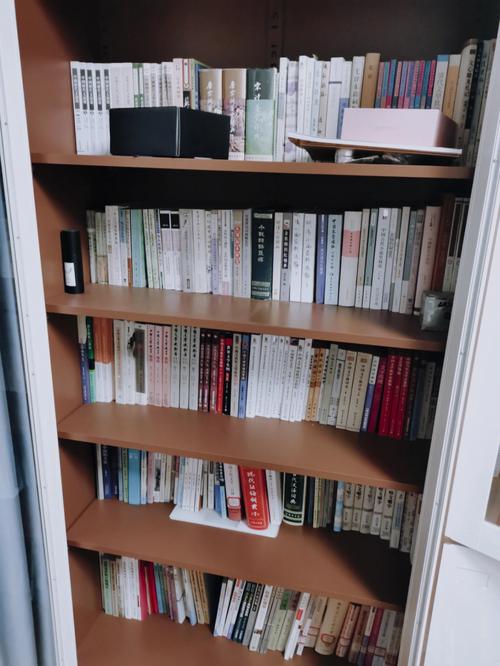
Investing in Storage Solutions
Effective bookshelf organization often requires the use of storage solutions to maximize space and keep your books tidy. Invest in quality storage solutions such as bookends, baskets, or bins to corral smaller items like magazines, notebooks, or trinkets. Adjustable shelving units or modular bookcases can also be useful for accommodating books of various sizes and shapes. Additionally, consider incorporating decorative elements such as plants, artwork, or framed photos to add visual interest to your bookshelf while maintaining functionality.
Arranging Your Books
Once you’ve chosen an organization method and gathered your storage solutions, it’s time to start arranging your books on the shelf. Begin by sorting your books into categories or sections based on your chosen organization method. Place larger or heavier books on lower shelves to prevent them from overpowering smaller books or causing the shelf to bow. Use bookends to support rows of books and prevent them from toppling over. Leave some empty space on each shelf to allow for future growth and to create a visually balanced display. Experiment with different arrangements until you find one that feels cohesive and visually pleasing.
Maintaining Your Organization
Maintaining bookshelf organization is an ongoing process that requires regular attention and upkeep. Make it a habit to periodically review your collection and remove any books that no longer serve a purpose or bring you joy. Dust your bookshelf regularly to keep it clean and free of debris. Consider rotating your books or rearranging your display seasonally to keep things fresh and interesting. By staying proactive and consistent with your organization efforts, you can enjoy a beautifully curated bookshelf that enhances your space and showcases your love of literature.
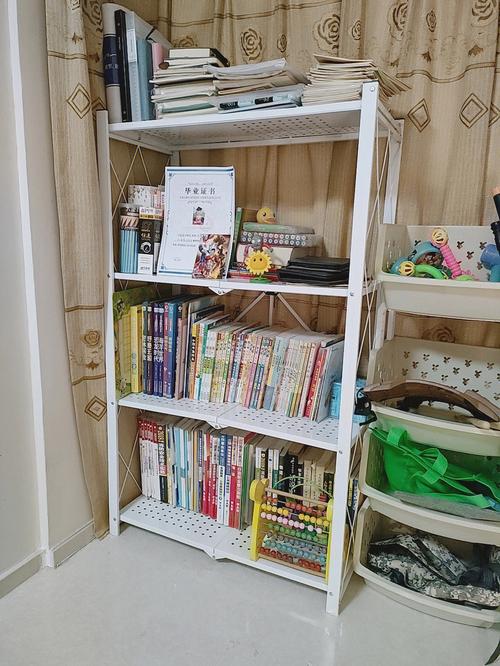
Conclusion
Mastering bookshelf organization is a rewarding endeavor that can transform your space and streamline your reading experience. By assessing your collection, decluttering and purging items, choosing an organization method, investing in storage solutions, arranging your books thoughtfully, and maintaining your organization regularly, you can create a bookshelf that is both functional and aesthetically pleasing. Embrace the process and enjoy the satisfaction of bringing order to your literary world.

